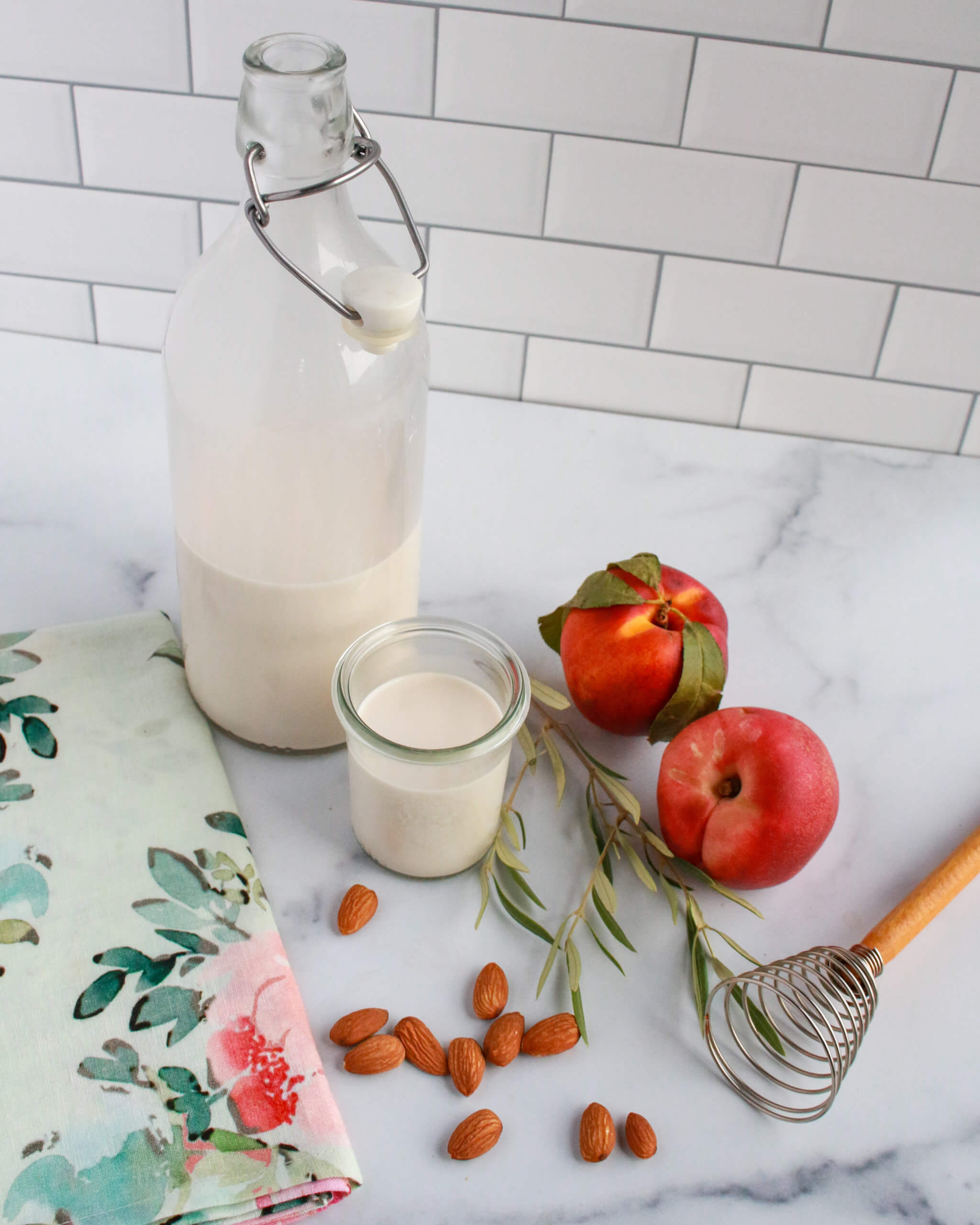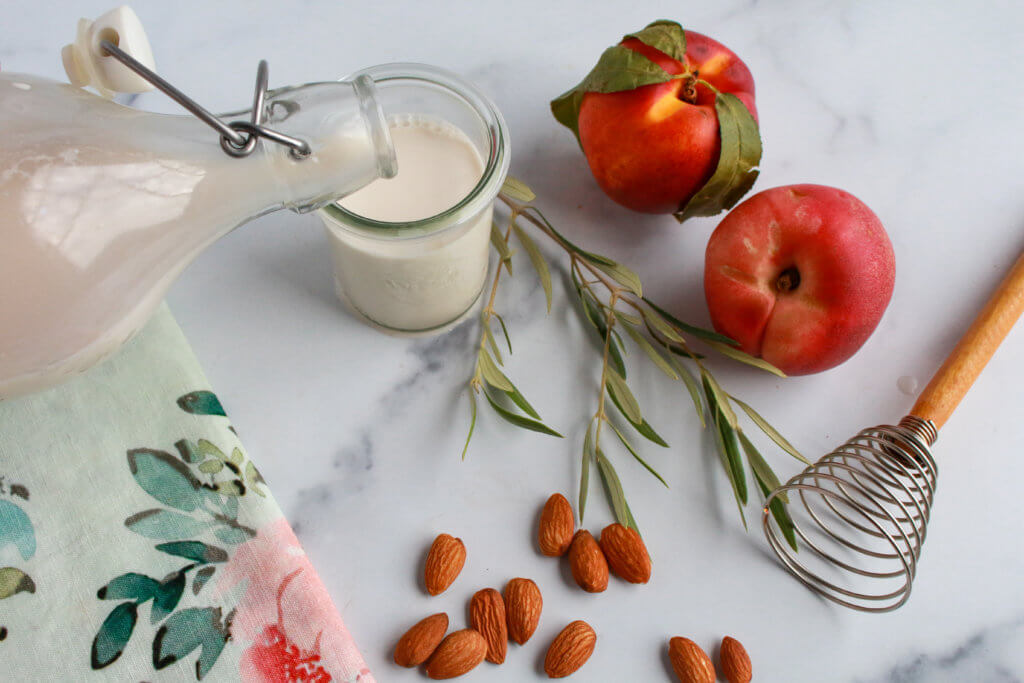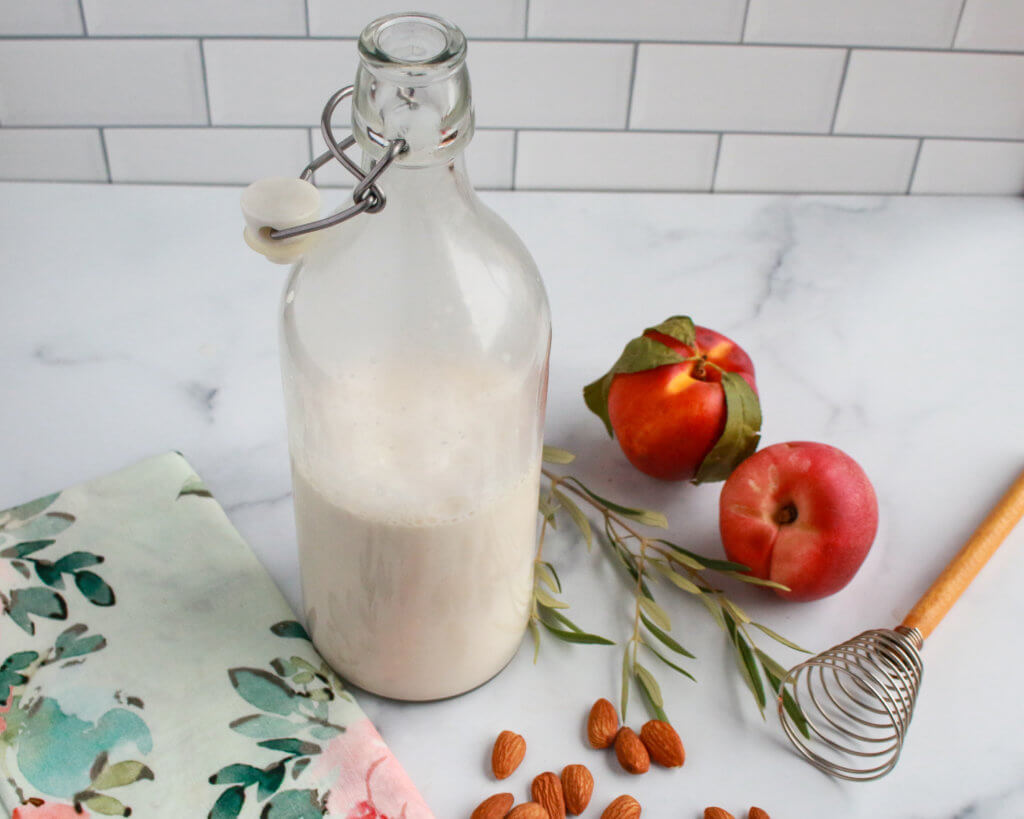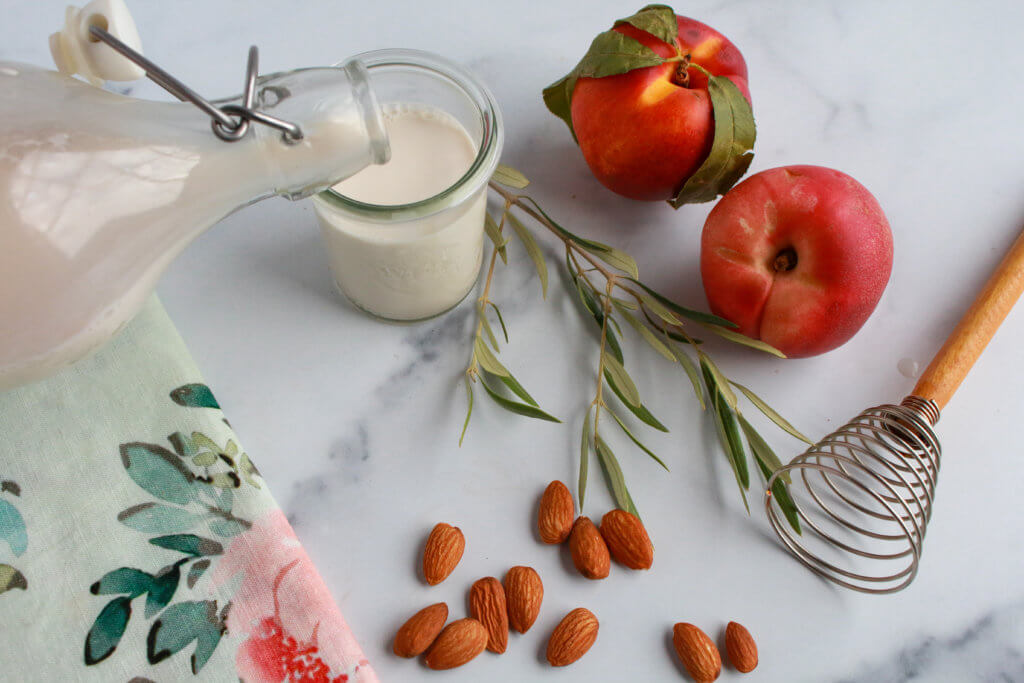How to Make Almond Milk

Did you know that you can make the most amazing, hand-crafted, creamy, delicious almond milk in your own kitchen with just one ingredient? Yes, that’s right. All you need is raw almonds (I prefer organic almonds) to churn up your own batch of amazing, creamy, thick, delicious, nutritious almond milk with just pure water—no other ingredients needed. You also need a good high-powered blender, and a clean muslin (flour sack) kitchen towel or cheesecloth to make a batch of home-made almond milk. The best part about making it yourself, is that you can make it exactly the way you like it—just the right texture, and no extra ingredients. I promise that once you make it the first time, you’ll be tempted to make it time and time again, it’s that good and easy.


To make Almond Milk, this is what you’ll need:
1 cup raw almonds
About 6 cups water
3-cup storage container with lid
Measuring cup
Colander
Clean muslin (flour sack) kitchen towel or cheesecloth or nut milk bag
Medium (1 quart) bowl
High power blender

Step-By-Step Guide



















Sounds so easy to make. Thank you for sharing the recipe!!